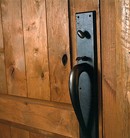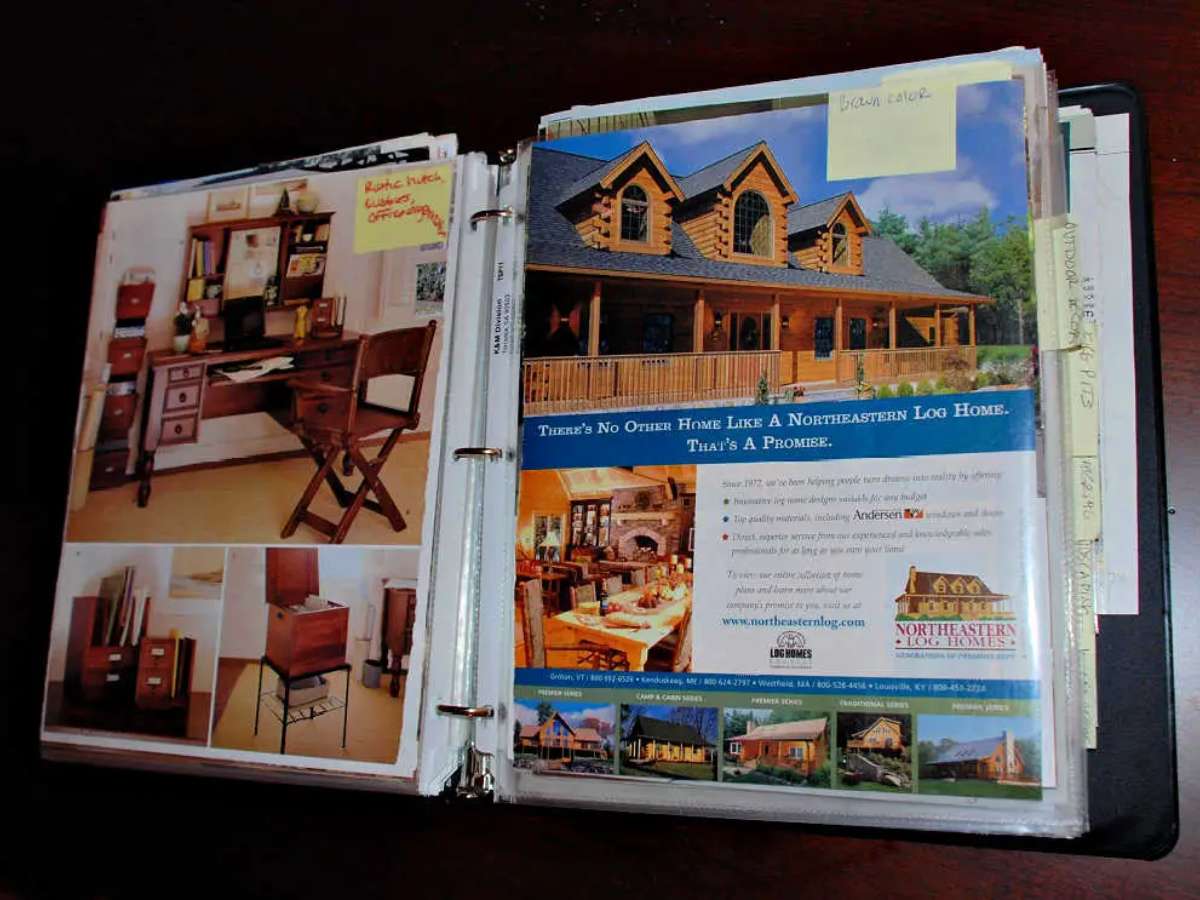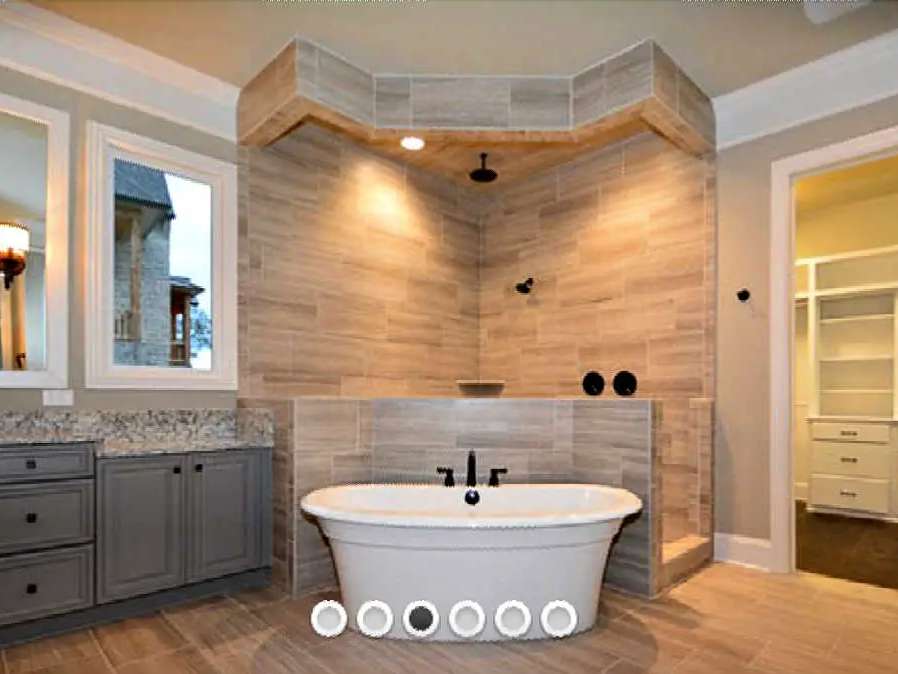 Wondering what’s going on in the log home industry these days?…
Wondering what’s going on in the log home industry these days?…
Here are some little-known facts about log homes, including a number of log home trends that are affecting the housing market today.
If you’re building a new log home, check here first for the inside scoop on log homes!
There currently are more than 550,000 log homes in the U.S.
Few of today’s $100-plus per square foot log structures resemble Abe Lincoln’s humble boyhood home or your grandfather’s hunting cabin in the woods. Manufacturers of log home building materials say more home buyers are making log homes their primary residences — or at least buying them with the intention of living there full time in the future.
The log home industry grew 73% between 1980 and 2003.
Log homes have come a long way since the one-room log cabin of yesteryear. Today, they come in different styles, shapes, and square footage. Most are situated in rural environments, as more baby boomers are purchasing log homes as their primary residences away from the hustle of city life.
Log homes have always been a part of the American scene, but they became increasingly popular beginning with the “back to the earth” movement in the late 1960s. In response, many new producers entered the market, selling their homes as do-it-yourself kits to people looking for an inexpensive house and a way to get closer to nature. In time, the “earth” movement evolved into the more sustainable and quite permanent country lifestyle movement. People began to think of log homes as their primary residences. People still wanted a low-key lifestyle when they were away form work, but they did not want a home considered only for vacations,” says Jerry Rouleau, spokesperson for the Log Homes Council. The log home producers met the challenge and began producing homes that had a wider appeal.
Log home sales have more than doubled to $1.7 billion since 1995.
Booming sales of log homes have turned an industry that started out manufacturing kits for small, inexpensive houses into a producer of high-quality move-up houses. The evidence is apparent in more than the age of the industry’s clients. It’s also reflected in the steadily increasing value of log home packages, which, in turn, reflects the ever-expanding living space provided by those packages. The average log home has doubled in size in the past ten years, growing from 1,100 sq. ft. to well over 2,000 sq. ft. today. “This trend started in the mid 1980s and continues today,” says John Kupferer, publisher Log Home Living. “Clearly, people use the equity in their conventional homes to finance the purchase of their dream log home. I guess you could say the equity boom of the 1980s has fueled the log home boom of the 1990s.”
Log homes moved away from being inexpensive, do-it-yourself dwellings and into the mainstream of American housing. Where once 75% of all log homes were owner-built, today less than 25% are owner-built, according to Jerry Rouleau, spokesperson for the Log Homes Council.
A survey by the Log Home Living Institute found annual production of log home packages increased 41% from 1988 to 1995.
The average log home now measures 2,200 square feet and costs $250,000 — not including the land it’s built on, according to the Log Home Living Institute.
According to the log home industry, there are about 500 log home manufacturers in the U.S.
Why are log homes becoming the choice for more home owners? Studies have shown that the same trends leading people back to such things as “comfort food†are also leading them to the warmth and comfort of Log Homes. Overstuffed chairs, heavy marble countertops and solid wood, all provide safe haven from today’s aluminum and plastic world.
Log homes are no longer limited to weekend getaways. “Ten years ago, log homes were usually a second residence. Now they are becoming a primary home,” says log home dealer Bob Winnie.
The bulk of the log home business, more specifically 80-90%, is increasingly made up of primary residents, not second homes.
When general contractor Wyatt Perkins started building log homes 30 years ago, he worked on small cabins for weekend outdoorsmen. Today, he’s building mansions where families live full time. “They were pretty rustic back then” says Perkins, president of General One in Hamilton, Montana. “People just kind of put them together and hoped for the best. Now, there’s a lot more really high-end log homes. There’s a lot of consideration given to the sealing and products.”
People are no longer content just to live in log homes, they want a coordinated feel inside and out that says “log home lifestyle.” Much of what is offered in most furniture stores just doesn’t fit that image. The scale is too small, or the style too formal.
“It’s an ever-evolving industry” says Barry Ivey, director of marketing and dealer development for Katahdin Cedar Log Homes. “You see architects getting involved with log home construction, so you get a lot of fresh ideas for things that in the past, people thought were impossible with a log home.” Among them are high-vaulted ceilings, second stories with dormers, soaring gables, walls of glass, hand-peeled railings, and state-of-the-art kitchens and media rooms.
A growing number of Americans are building log houses that capture a rustic feel but still have all the amenities of contemporary custom homes.
The love of solid log walls and the country lifestyle led Ed Masline into his second log home. He says he was amazed at the advances made in log construction since he built his first log home in the 1970s. “I found everything about log homes is more sophisticated and individualized than it was 15 years ago.” he says. He cites how this time he designed his house himself because his producer’s Computer Aided Drafting system refined his ideas and gave him exactly what he wanted. He notes how airtight log construction has become because of advanced tongue-and-groove joinery and modern sealants and gaskets, and he says he found the number of log profiles available exciting. He chose for his house white pine logs milled with a ship lap profile. Angled on one side and flat on the other, they give his solid log walls the look of clapboard siding outside and flat wood paneling inside. However, he stayed with tradition and had his house built with butt-and-pass corners.
Unlike the housing industry, the log home industry is booming, says housing industry specialist Scott Rouleau of New York City-based J. Rouleau & Associates which does marketing consulting for the log home industry. There are over 30,000 log homes built annually in the U.S.
According to the Log Home Council of the National Association of Home Builders, there were about 7,000 log homes built each year in the mid-1980s.
Log homes account for 9% of the custom homebuilding market in this country.
Handcrafted log homes, built with logs individually crafted by handheld tools, account for 10 percent of the market. The remaining 90 percent are built with milled logs, systematically designed for the home.
Log home thermal mass characteristics often exceed minimum energy efficiency codes, and most log home materials are renewable.
In 2001 (the most recent year complete figures are available), the most popular states for log home construction were Colorado, New York, North Carolina, Wisconsin, Michigan, Pennsylvania, Ohio, Texas, Minnesota, and New Hampshire.
Log homes continue to appreciate and sell well, according to Nathan Prewitt, president, First Fidelity Equity Corp.(a mortgage broker). He says, “Log homes are the fastest growing segment of the custom-home real estate market today. They do extremely well compared to the appreciation and resale of other types of custom homes.”
Lynn Gastineau president of the Log Homes Council (LHC), says, “Existing log homes appreciate and sell so well because a lot of people attracted to them don’t want to build one from scratch… Now that the log home lifestyle is so popular and there are homes available for resale, these people can visit an existing home, visualize living in it and buy it.
Log homes are one of the fastest growing segments of the building industry. Log home sales have more than doubled since 1995, with the $1.4 billion industry now capturing more than seven percent of the custom home market nationwide, according to a study by the Log Home Living Institute. There are an estimated 500,000 modern log homes in the United States and Canada, and more than 90% are used as primary residences. In fact, more families live in a modern log home today than any time in history.




